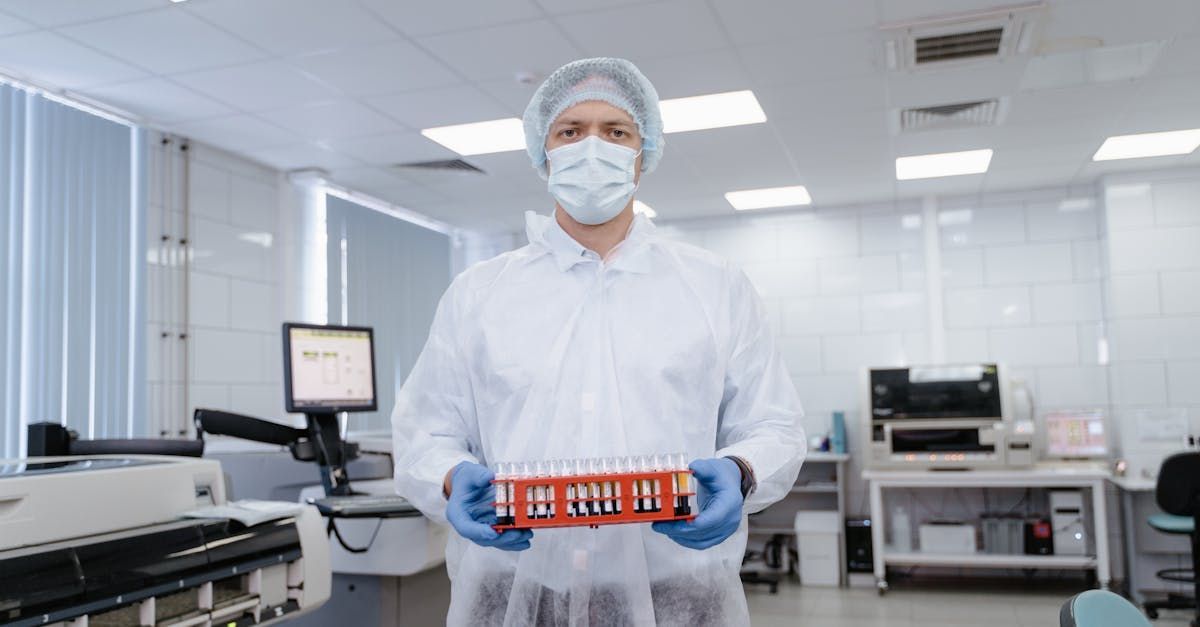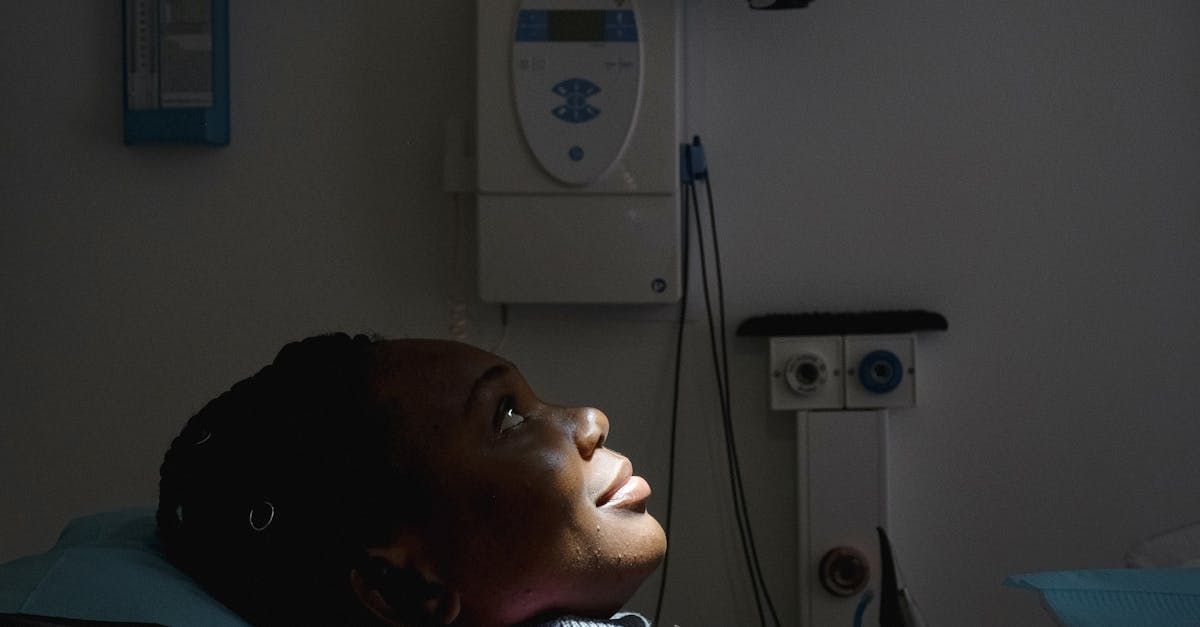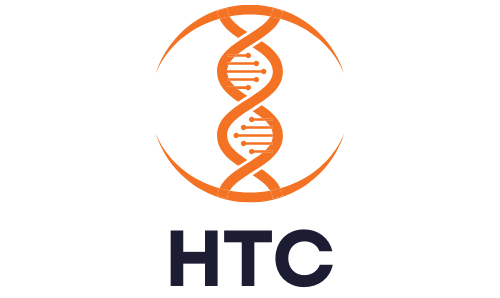The Role of Virtual Reality in HealthTech Innovations
Virtual Reality (VR) technology, once primarily associated with the gaming and entertainment industries, has made significant strides in healthcare. VR is a computer-generated simulation of a three-dimensional environment that can be interacted with in a seemingly real or physical way using special electronic equipment, such as a helmet with a screen inside or gloves fitted with sensors. The importance of VR in HealthTech is rapidly growing, as it provides immersive, interactive, and safe environments for medical training, patient care, and mental health treatment. This blog aims to explore the multifaceted role of VR in HealthTech innovations, highlighting its transformative potential across various healthcare domains.
VR in healthcare encompasses a wide range of applications, from medical training and education to patient care and mental health treatment. The key components of VR technology include hardware (such as VR headsets, sensors, and haptic devices), software (VR content and applications), and supporting technologies (like AI and data analytics). Together, these components create immersive experiences that can simulate real-life scenarios, allowing users to practice, learn, and experience situations in a controlled, risk-free environment.
Virtual Reality in healthcare is defined by its ability to create an interactive, immersive simulation of real-world environments. This technology can be used in various medical fields, including surgery, rehabilitation, therapy, and training. VR's scope extends to areas such as pain management, mental health, and physical therapy, providing innovative solutions that traditional methods cannot offer.
Key technologies in VR include:
- Hardware: VR headsets, motion sensors, haptic feedback devices, and specialized gloves are critical for creating immersive experiences. These devices detect and respond to user movements, providing a tactile dimension to virtual environments.
- Software: Advanced software platforms power the VR experience, creating detailed simulations that can replicate complex medical scenarios. This software often integrates with AI and data analytics to provide real-time feedback and personalized learning experiences.
- Supporting Technologies: AI and machine learning algorithms enhance the capabilities of VR by analyzing user interactions and adapting scenarios to improve learning and therapeutic outcomes.
Examples of VR Applications in Healthcare
- Medical Training: VR provides a realistic training environment for medical students and professionals, allowing them to practice surgeries, emergency responses, and other procedures without the risk of harming real patients.
- Patient Care: VR is used in patient care for pain management, physical therapy, and rehabilitation. It can distract patients from pain and help them perform therapeutic exercises more effectively.
- Mental Health: VR is applied in mental health treatments, such as exposure therapy for anxiety and PTSD, offering a controlled and safe environment for patients to confront their fears.
VR in Medical Training and Education
VR is revolutionizing medical training and education by providing immersive, interactive learning experiences that traditional methods cannot match. In VR-based medical training, students can engage in realistic simulations of surgical procedures, anatomy lessons, and emergency response scenarios. This hands-on practice in a controlled environment allows them to develop skills and confidence without the risk of harming real patients.
The benefits of VR for medical professionals and students are substantial. VR simulations offer a safe space for learning and practicing complex procedures, enabling repeated practice and immediate feedback. This leads to better retention of knowledge and skills, enhancing overall competency and readiness for real-world medical situations.
Case studies of VR in medical education highlight its effectiveness. For example, the Stanford Medicine Interactive Learning Initiatives uses VR to teach medical students about human anatomy through immersive 3D experiences. Similarly, the University of California, San Francisco, has integrated VR into its surgical training programs, allowing residents to practice intricate procedures in a risk-free environment.
Another notable example is the use of VR by the Mayo Clinic, where VR simulations help train surgeons in complex procedures. These VR environments replicate the operating room, allowing surgeons to practice and refine their skills before performing on real patients. The result is improved surgical outcomes and reduced complication rates.
VR in Patient Care and Treatment
VR is playing a crucial role in enhancing patient care and treatment across various medical fields. One significant application is in pain management. VR can distract patients from pain and discomfort by immersing them in calming, engaging virtual environments. Studies have shown that VR can significantly reduce pain levels in patients undergoing painful procedures or suffering from chronic pain conditions.
In therapy and rehabilitation, VR offers innovative solutions for patients recovering from strokes, injuries, or surgeries. For instance, VR-based physical therapy programs can guide patients through exercises and movements, providing real-time feedback and motivation. This can lead to faster recovery times and improved outcomes compared to traditional therapy methods.
The impact of VR on patient outcomes and satisfaction is profound. Patients often find VR-based treatments more engaging and enjoyable, leading to higher adherence rates and better overall experiences. Furthermore, the ability to tailor VR environments to individual patient needs ensures personalized care, enhancing effectiveness and satisfaction.
One successful case study is the use of VR for pain management at Cedars-Sinai Medical Center. Patients undergoing procedures like wound care or chemotherapy use VR headsets to immerse themselves in calming virtual environments, significantly reducing their pain and anxiety levels.
Another example is the use of VR in stroke rehabilitation at Duke University. Patients use VR to engage in virtual exercises that mimic real-world activities, helping them regain motor skills and coordination. The interactive nature of VR keeps patients motivated and engaged, leading to better rehabilitation outcomes.
VR in Mental Health
VR has emerged as a powerful tool in mental health care, offering innovative solutions for various conditions. One notable application is exposure therapy, used to treat phobias, anxiety disorders, and PTSD. In VR exposure therapy, patients are gradually exposed to their fears in a controlled virtual environment, helping them build coping skills and reduce anxiety.
The benefits of using VR in mental health are significant. VR allows for highly controlled and customizable therapeutic environments, making it possible to tailor treatments to individual patient needs. Additionally, VR can make therapy more engaging and accessible, encouraging patients to stick with their treatment plans.
However, there are challenges in using VR for mental health, including ensuring the accuracy and effectiveness of VR content and addressing potential side effects like motion sickness. Despite these challenges, the potential of VR in mental health treatment is immense, as demonstrated by numerous successful case studies.
Oxford VR's treatments for social anxiety and fear of heights have shown promising results, with patients experiencing significant improvements in their symptoms. Patients undergo VR sessions that simulate social interactions or heights, helping them confront and manage their fears in a controlled setting.
Another successful implementation is the use of VR by the Department of Veterans Affairs (VA) for PTSD treatment. Veterans use VR to relive and process traumatic experiences in a safe environment, guided by a therapist. This approach has led to significant reductions in PTSD symptoms for many veterans.
VR in Surgical Planning and Simulation
Surgical planning and simulation represent another critical area where VR is making a substantial impact. VR allows surgeons to plan complex procedures by visualizing patient anatomy in three dimensions and rehearsing surgeries in a simulated environment. This can enhance precision and reduce the risk of complications during actual surgeries.
The benefits of VR for surgeons and patients are numerous. Surgeons can gain a deeper understanding of individual patient anatomy, leading to more accurate and effective procedures. For patients, this translates to fewer complications, shorter recovery times, and better overall outcomes.
Examples of successful VR-assisted surgeries illustrate its transformative potential. Surgeons at the Cleveland Clinic have used VR to plan and practice complex heart surgeries, resulting in more precise and successful operations. Similarly, VR simulations at the Royal London Hospital have improved the accuracy and outcomes of neurosurgical procedures.
At Johns Hopkins University, VR has been used to plan and execute a complex separation surgery for conjoined twins. Surgeons used VR to create a detailed 3D model of the twins' anatomy, allowing them to plan the surgery meticulously. The successful operation highlighted the potential of VR to transform surgical planning and execution.
Investment Opportunities in VR HealthTech
Notable Labs stands at the forefront of integrating cutting-edge technologies into healthcare, exemplifying the transformative potential of Virtual Reality (VR) in medical advancements. By leveraging VR, Notable Labs collaborates with healthcare providers to pioneer innovative solutions that enhance medical training, patient care, and treatment outcomes. Their commitment to utilizing VR for immersive medical education, precise surgical planning, and effective patient therapies underscores their role as a leader in HealthTech innovations. Notable Labs is paving the way for a future where VR-driven healthcare solutions revolutionize patient experiences and improve health outcomes, setting a new standard for excellence in the medical field.
The growing adoption of VR in healthcare presents significant investment opportunities. Investors can identify promising VR HealthTech companies and technologies by evaluating their innovation potential, market demand, and growth prospects. For instance, startups developing VR solutions for medical training, patient care, and mental health are particularly attractive due to their potential to drive substantial improvements in healthcare delivery and outcomes.
Factors to Consider
When considering investment opportunities, factors such as the company's track record, the scalability of their solutions, and their ability to meet regulatory requirements are crucial. Additionally, investors should consider both long-term and short-term strategies. Long-term investments in innovative VR HealthTech solutions can yield substantial returns as these technologies gain widespread adoption. On the other hand, short-term investments in established VR companies with proven business models can provide quicker returns.
Promising Companies
Promising companies in the VR HealthTech space include Osso VR, which provides VR surgical training, and AppliedVR, which focuses on VR pain management solutions. Both companies have demonstrated significant potential for growth and impact in their respective fields.
Challenges and Future Trends
Despite its potential, the adoption of VR in healthcare is not without challenges. One significant challenge is ensuring the accuracy and reliability of VR simulations and content. High-quality, realistic VR experiences are essential for effective training and treatment, but creating these experiences can be technically demanding and costly.
Regulatory and Compliance Hurdles
Regulatory and compliance hurdles also pose challenges. Healthcare is a highly regulated industry, and VR HealthTech solutions must meet stringent standards for safety and efficacy. Navigating these regulatory requirements can be complex and time-consuming, potentially delaying the deployment of new VR solutions.
Data Privacy and Security
Data privacy and security are additional concerns. VR applications in healthcare often collect and process sensitive patient data, making them vulnerable to cyberattacks and data breaches. Ensuring robust data protection measures is essential for maintaining patient trust and compliance with data protection regulations.
Future Trends
Despite these challenges, the future of VR in HealthTech is promising. Emerging trends and innovations, such as AI-enhanced VR, 5G connectivity, and advanced haptic feedback systems, are set to drive further advancements in VR healthcare solutions. These technologies will enhance the realism and interactivity of VR experiences, making them even more effective for medical training, patient care, and mental health treatment.
Predictions for the next decade in VR HealthTech include wider adoption of VR in medical education, more personalized VR-based treatments, and increased use of VR for remote healthcare delivery. As VR technology continues to evolve, its role in healthcare is likely to expand, offering new opportunities for improving health outcomes and transforming medical practice.
Conclusion
VR is poised to play a transformative role in HealthTech, offering innovative solutions for medical training, patient care, mental health, and surgical planning. The benefits of VR in healthcare are substantial, including improved accuracy, enhanced patient experiences, and cost savings. Despite the challenges, the potential of VR in HealthTech is immense, with significant opportunities for investment and future growth.
By supporting and investing in VR HealthTech solutions, stakeholders can drive the future of healthcare, ensuring that patients receive the most advanced, personalized, and effective treatments possible. The continued integration of VR into healthcare promises to revolutionize the industry, making healthcare more efficient, accessible, and impactful for patients worldwide.










